| View previous topic :: View next topic |
| Author |
Message |
iangreenhalgh1


Joined: 18 Mar 2011
Posts: 15685
Expire: 2014-01-07
|
 Posted: Thu Nov 02, 2017 1:19 pm Post subject: Posted: Thu Nov 02, 2017 1:19 pm Post subject: |
 |
|
iangreenhalgh1 wrote:
Well, I can publish literally thousands of images taken with the AF 4/70-210 on both film and digital to prove that it doesn't have a lot of CAs, or rather, neither of my copies has, I can't speak for other samples of lenses that are now over 30 years old. Kilpatrick used an a900 for his test, I use an a850, before that an a100, an a200 and a dozen Minolta film bodies. Maybe other sensors give different results.
Oh, and when you say far inferior, are you talking about pedantic squinting at corners at wide apertures or making a blanket statement about the results the lens can produce in 'normal' photographic use?
Here's three examples from the AF 4/70-210 on my a850 where you would expect to see CAs, but to my eyes, these images are remarkably free of CA, particularly for a zoom:
#1
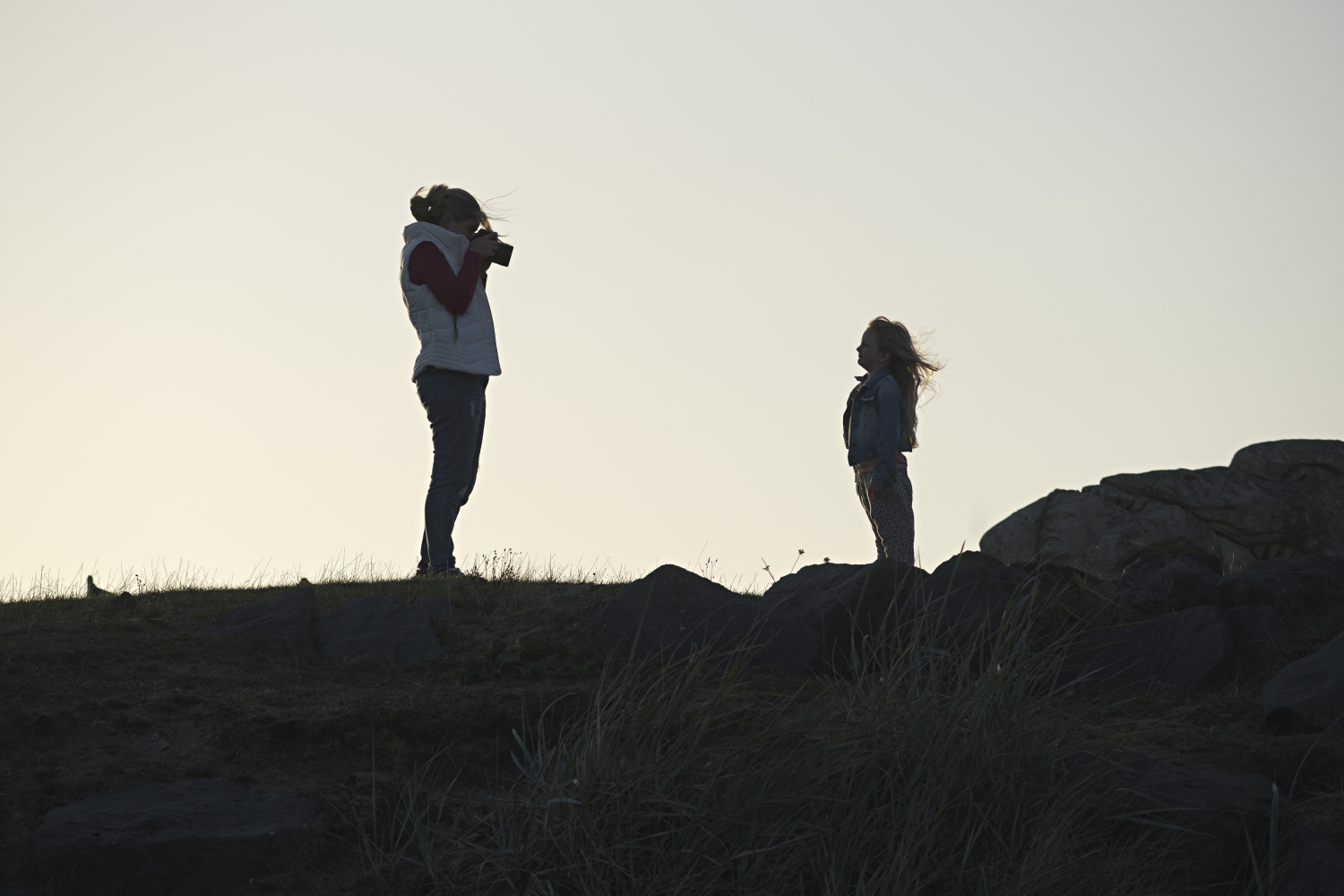
#2

#3

As for the UC Hexanon, it's not quite as good in the CA correction, it displays some red and green CAs, but less than most zooms of it's era, you can see some green CA here on the chrome strip below the Jaguar, although the reflection from the green car body doesn't help:
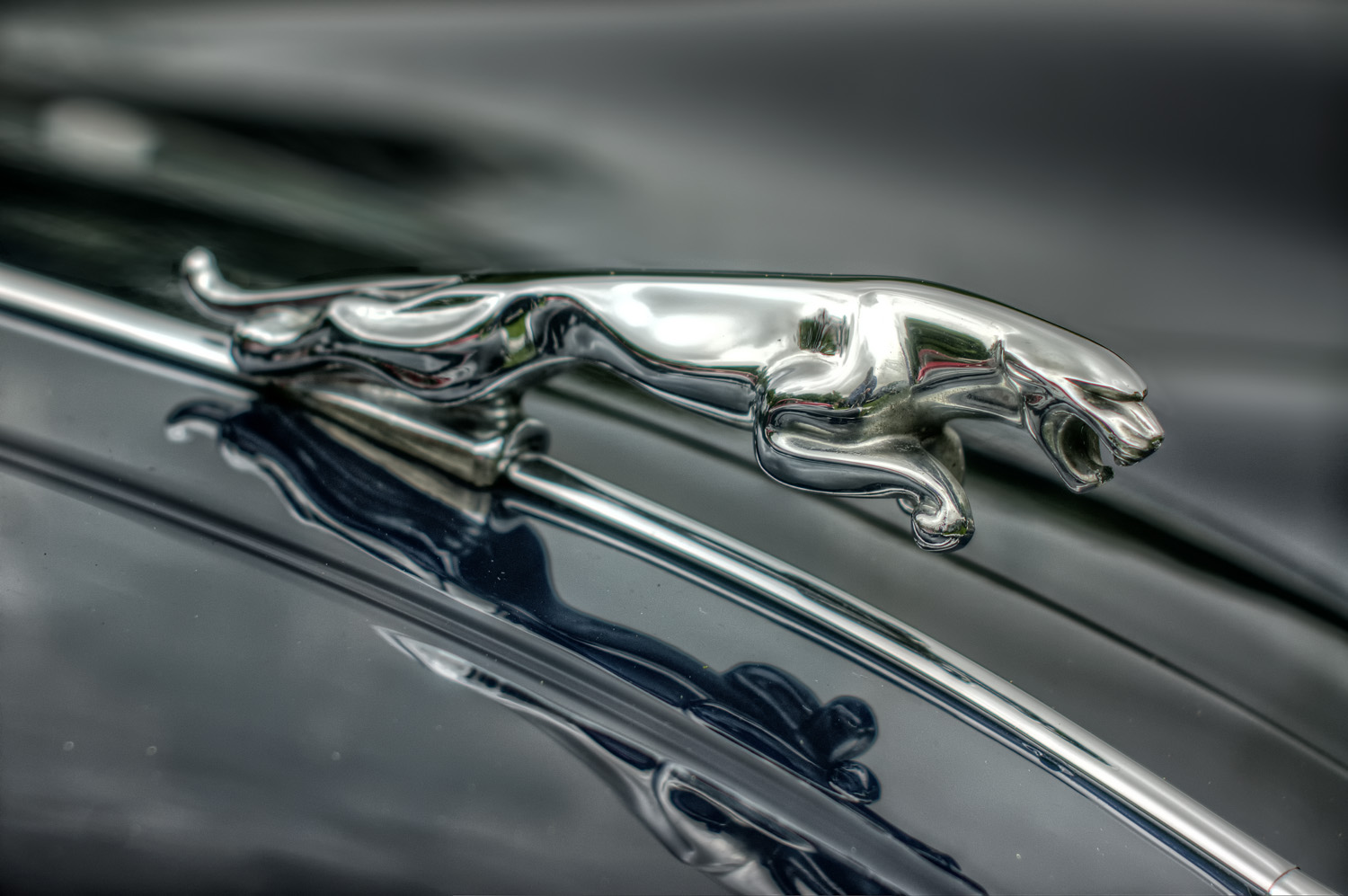
On this clock picture the red and green CAs can be seen, but on my old NEX-3 they were very slight, perhaps on a higher resolution more modern sensor the red and green CAs would reach 1 or 2px. However, that is a matter of one or two clicks in Adobe RAW loader to remove.
#1

#2
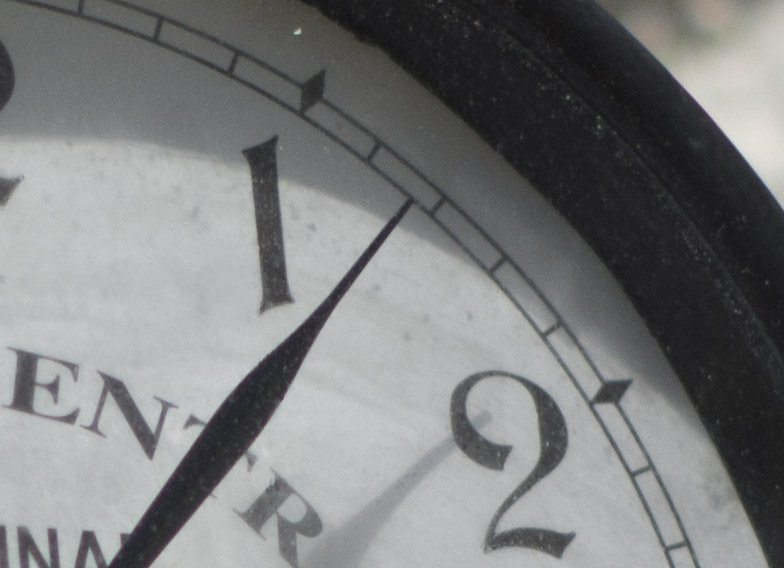
When it comes to sharpness, it's as sharp as a good prime, sharper than most zooms, a little bit sharper than the Minolta beercan:
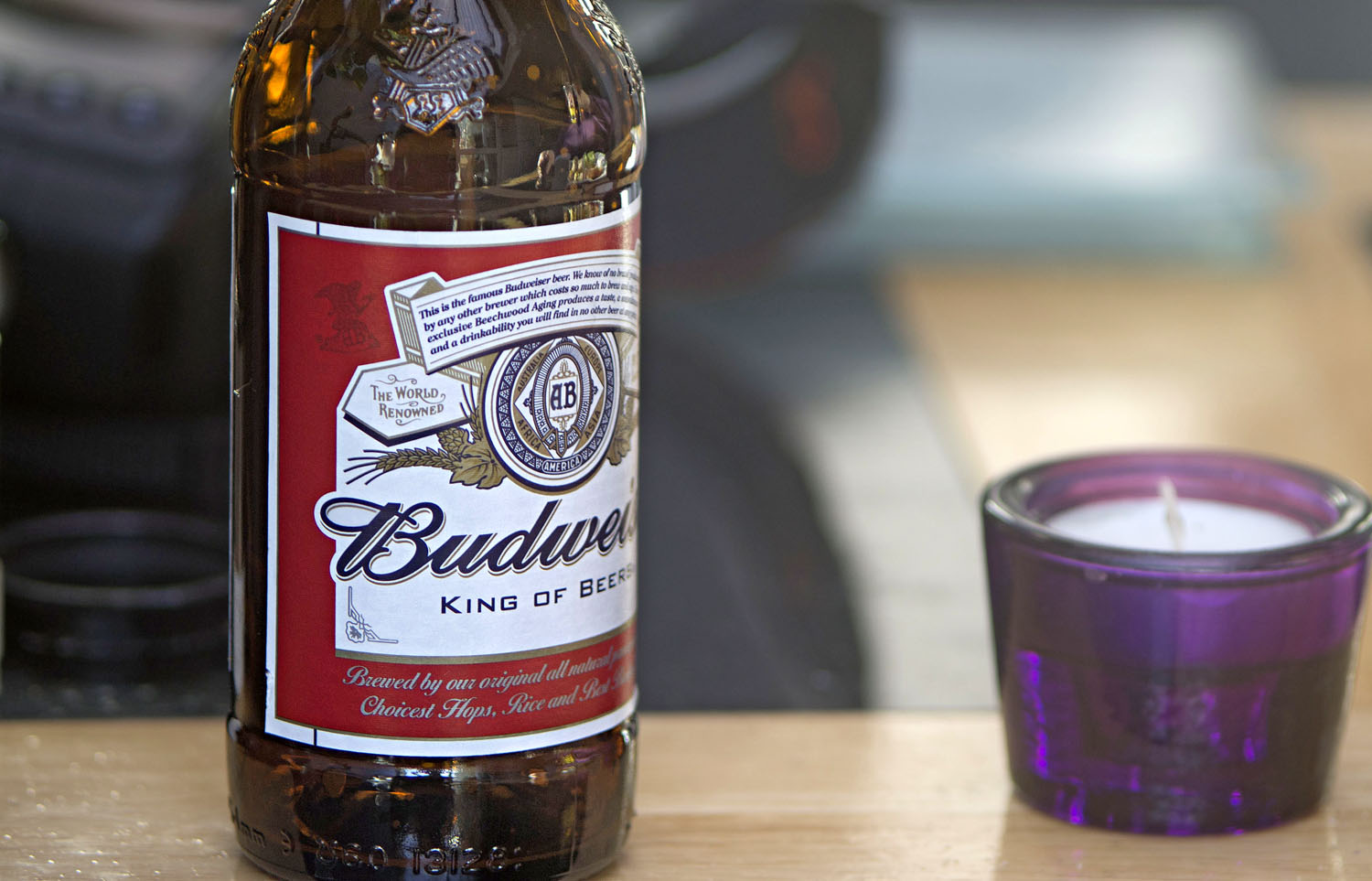
It's sharp at distance too, but where it falls down is in overall contrast, it's contrasty for a zoom of that age, less so than some primes or the Vario-Sonnar.
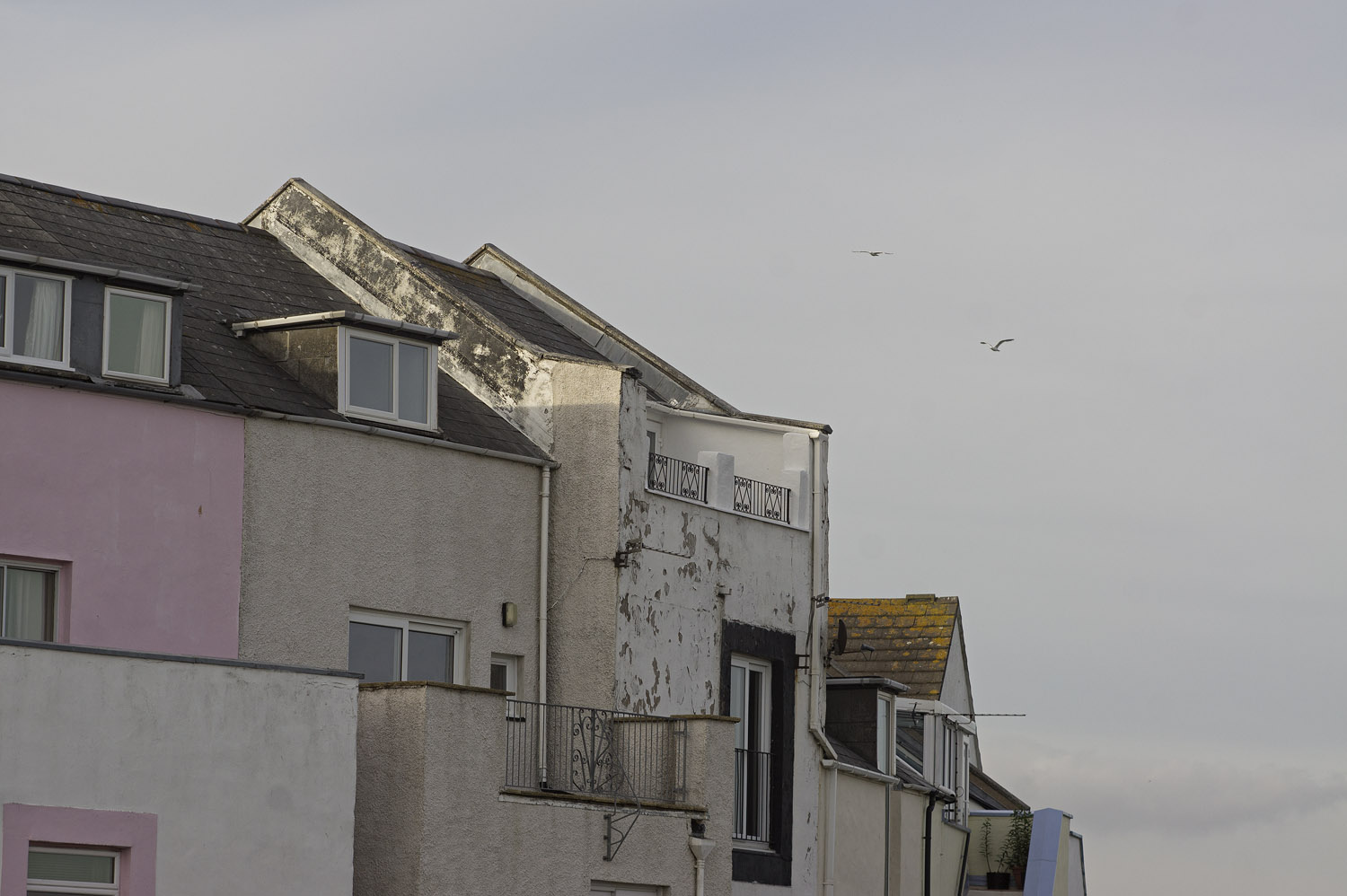
Overall, it's a great lens that produces results as good as a good prime lens of similar age.
_________________
I don't care who designed it, who made it or what country it comes from - I just enjoy using it! |
|
| Back to top |
|
 |
kerry_13
Joined: 05 Jun 2018
Posts: 1
|
 Posted: Tue Jun 05, 2018 2:31 am Post subject: Posted: Tue Jun 05, 2018 2:31 am Post subject: |
 |
|
kerry_13 wrote:
| stevemark wrote: |
Are you talking about the Canon FD 80-200mm F4 or the Canon FD 80-200mm F4 L ?
I do have both Canon lenses, as well as the Zeiss Vario Sonnar 4/80-200mm. |
Hi steve, I wonder how does the oder version, nFD 80-200 f4 non-L with 1/4~1/5 price, perform when comparing with the L version ? The L lens is great, but its price is pushed to $300~ $500 on ebay at this moment.
I've read a comparision between the contax and the canon L at mattparvin.com/adapted-lenses/2017/02/22/80-200s , and it is confirm your conclusion about them. |
|
| Back to top |
|
 |
stevemark

Joined: 29 Apr 2011
Posts: 3754
Location: Switzerland
|
 Posted: Tue Jun 05, 2018 9:57 am Post subject: Posted: Tue Jun 05, 2018 9:57 am Post subject: |
 |
|
stevemark wrote:
| kerry_13 wrote: |
| stevemark wrote: |
Are you talking about the Canon FD 80-200mm F4 or the Canon FD 80-200mm F4 L ?
I do have both Canon lenses, as well as the Zeiss Vario Sonnar 4/80-200mm. |
Hi steve, I wonder how does the oder version, nFD 80-200 f4 non-L with 1/4~1/5 price, perform when comparing with the L version ? The L lens is great, but its price is pushed to $300~ $500 on ebay at this moment.
I've read a comparision between the contax and the canon L at mattparvin.com/adapted-lenses/2017/02/22/80-200s , and it is confirm your conclusion about them. |
I can do a small comparison of the corners at 80 / 135 / 200mm, both at f4 and at f8. Will be online tomorrow.
Other things such as distortion and vignetting are probably quite similar. Maybe i have time to include the AiS Nikkor 4/80-200mm (the latest and probably best version of the classical 80-200mm Nikkors).
Stephan
_________________
www.artaphot.ch |
|
| Back to top |
|
 |
folderholder


Joined: 24 Jan 2010
Posts: 102
Location: California
|
 Posted: Tue Jun 05, 2018 11:35 pm Post subject: Posted: Tue Jun 05, 2018 11:35 pm Post subject: |
 |
|
folderholder wrote:
The Canon Fd 80-200mm L has become my standard telephoto lens in the last half year. I have no idea how it compares to the Zeiss/Yashica lens, or the Hexanons, or to any other. Anyone who is happy with their results has a good lens as far as I am concerned. I think the results from this one are about as good as I will get from a manual focus telephoto. The Canon is competent at handling flare, but not as good as some more recent lenses. I always use a lens hood and work within its limits. The flare issue is the only thing that makes me consider switching to other lenses. The Canon's colors, contrast and dimensionality are excellent, imo.
I enjoy seeing the comparison shots that other forum members post. Thanks to everyone.
The photos below are only cropped, otherwise straight jpgs from a Canon EOS M6. At the 200mm setting this camera gives an equivalent fl of 320mm. Very useful in a portable lens. Incidentally, in my travels I rarely see anyone else using this camera (maybe never!), but I think it is a viable alternative to the other brands. For anyone interested, the battery lasts a long time with a manual lens attached. The camera has taken more than 50,000 exposures for me with nary a glitch.
These two photos were taken in May 2018 in Beijing and Shenyang, China. Most likely at around f/8.


_________________
Best wishes,
Peter
www.pandacollector.com |
|
| Back to top |
|
 |
folderholder


Joined: 24 Jan 2010
Posts: 102
Location: California
|
 Posted: Tue Aug 07, 2018 1:40 am Post subject: Posted: Tue Aug 07, 2018 1:40 am Post subject: |
 |
|
folderholder wrote:
I have been comparing the Zeiss 80-200mm and Canon 80-200mm L. Both excellent lenses, but the Zeiss seems to have a slight focus shift as it is stopped down. Has anyone else seen this?
_________________
Best wishes,
Peter
www.pandacollector.com |
|
| Back to top |
|
 |
folderholder


Joined: 24 Jan 2010
Posts: 102
Location: California
|
 Posted: Fri Oct 12, 2018 6:06 am Post subject: Posted: Fri Oct 12, 2018 6:06 am Post subject: |
 |
|
folderholder wrote:
Straight jpgs (except cropping) from Canon M6 and Canon fd 80-200mm f/4 L. One of my truly fav lenses. It even has a macro setting.
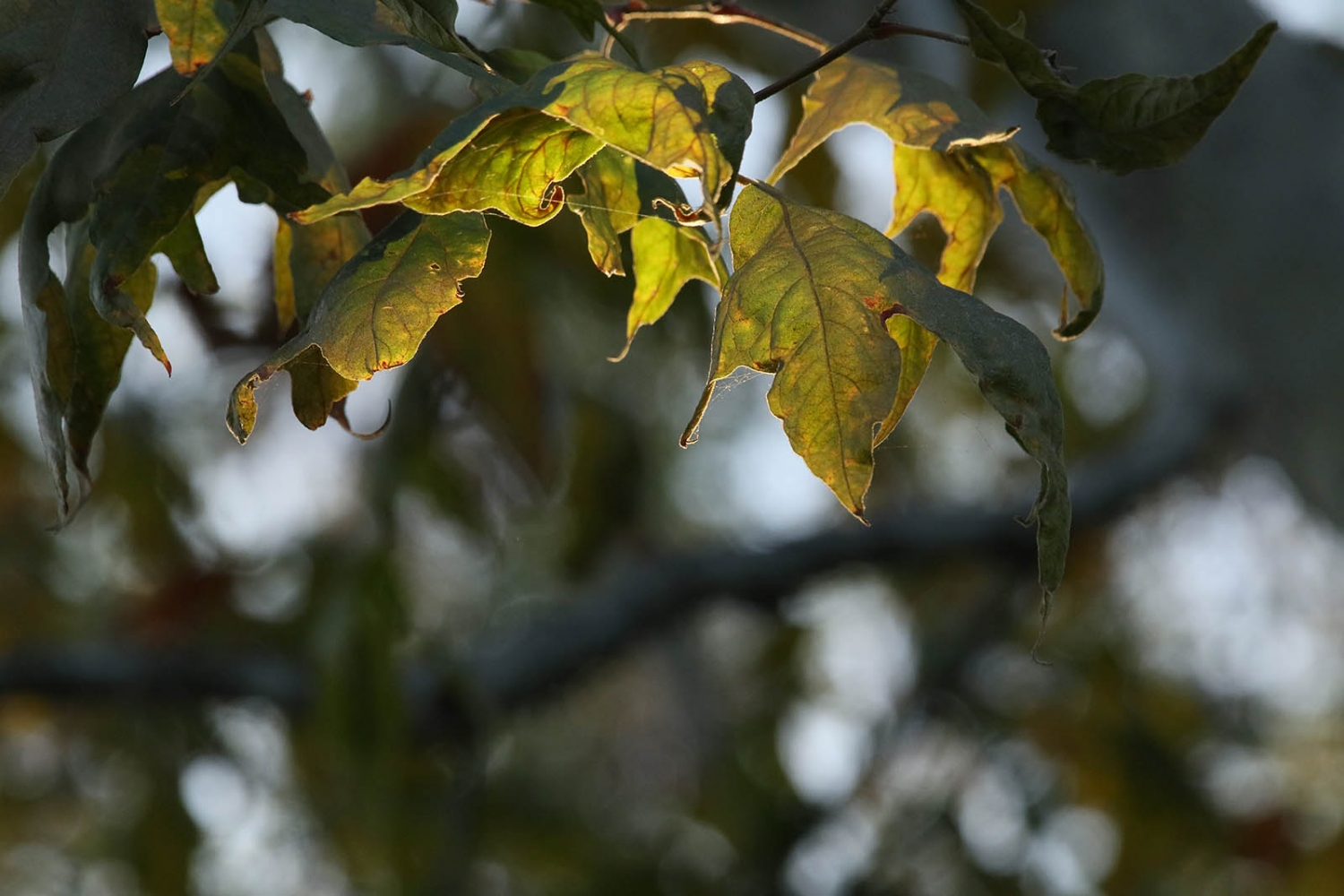
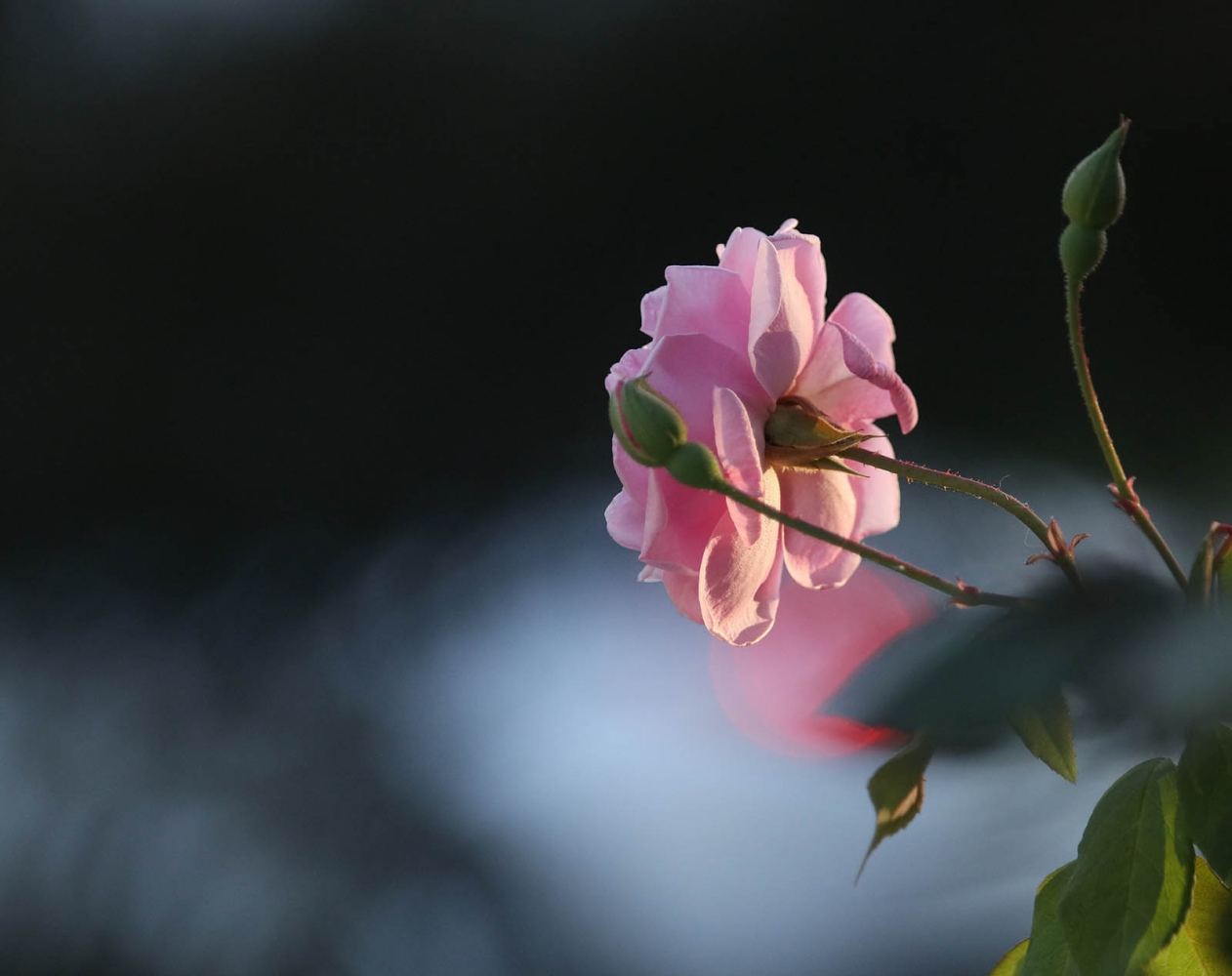

_________________
Best wishes,
Peter
www.pandacollector.com |
|
| Back to top |
|
 |
cooltouch


Joined: 15 Jan 2009
Posts: 9097
Location: Houston, Texas
|
 Posted: Fri Oct 12, 2018 2:59 pm Post subject: Posted: Fri Oct 12, 2018 2:59 pm Post subject: |
 |
|
cooltouch wrote:
First of all, I want to say that the images shown from the Canon 80-200 L are about what I'd expect to see from such a lens. I am especially impressed with the bokeh it delivers at f/4. They are soft and simply beautiful.
I owned the 80-200 L briefly back when I was a camera dealer. I bought an outfit for resale, which included the 80-200 L, and only briefly was able to play around with it, so my experiences are limited. I do remember a few things about it, however.
First of all, a word or two about the 80-200 L's size by comparison. Canon produced two other lenses in that general focal range -- well three, if you include the 100-200/5.6, but I usually don't. The other two are the two-ring 80-200 f/4 and push-pull 70-210 f/4. The 80-200/4 two ring was available in both breechlock and new FD mounts. The breechlock lens was physically slightly larger and weighed more than the nFD version. The 70-210 is a fairly large lens. Almost as large is a Vivitar S1. The nFD 80-200 two-ring is moderately sized, I would say -- about right for its focal length and relatively modern design. Whereas the 80-200 L is quite petite by comparison. It's the smallest of them all. In fact, its size approaches that of the very compact Albinar 80-200 f/3.9 -- a ubiquitous push-pull lens that can often be found on eBay for less than $20. I mention the Albinar only because it was my first ever zoom and I was (and still am) quite familiar with its size.
So, if you can put up with the fact that it's a push-pull zoom (I know a lot of folks used to only AF zooms that can't), it is a lens that handles well. It's lightweight and compact, yet delivers knock-out quality images.
A few words about the other two Canon offerings: I own both the nFD 80-200 f/4 two-ring and the 70-210 f/4 push-pull zoom. The 80-200 two-ring Canon had always regarded as its professional model and the 70-210 as an amateur optic. New prices reflected this. The 80-200 sold for a lot more than the 70-210 did. I got curious about just how much better than the 70-210 the 80-200 was, so I shot some comparison images. The subject was not the best choice, so I should do this again, but the results of this shoot were that the difference between the two lenses was negligible. I should also point out that I included my Tamron 80-200 f/2.8 LD in this test and its images were also virtually indistinguishable from the others. All the more reason for a retest, since the Tamron is of known quality to me.
My judgement of the image quality of these two lenses is that the 70-210 provides images of generally excellent quality and that the 80-200 two-ring's are just a bit better.
I would expect the 80-200 L's images to be substantially better than what either of these two lenses can deliver -- on par with those that I typically get from my Tamron 80-200 f/2.8 LD. Yes, I would expect the Tamron and the Canon 80-200 L to be roughly equivalent in capabilities, except the Tamron has benefit of the f/2.8 maximum aperture, but the Tamron also weighs at least twice as much as the Canon 80-200 L. And that can make for a BIG difference in terms of portability and usability. You really have to want to use that Tamron because of its bulk.
I just jumped over to eBay to have a look at this lens. Its prices mostly have come down a lot. There are several Japanese sellers who have this lens for sale for much less than what I typically see it going for there. Makes me want to get one and add it to my FD inventory.
_________________
Michael
My Gear List: http://michaelmcbroom.com/photo/gear.html
My Gallery: http://michaelmcbroom.com/gallery3/index.php/
My Flickr Page: https://www.flickr.com/photos/11308754@N08/albums
My Music: https://soundcloud.com/michaelmcbroom/albums
My Blog: http://michaelmcbroom.com/blogistan/ |
|
| Back to top |
|
 |
stevemark

Joined: 29 Apr 2011
Posts: 3754
Location: Switzerland
|
 Posted: Sat Oct 13, 2018 8:07 am Post subject: Posted: Sat Oct 13, 2018 8:07 am Post subject: |
 |
|
stevemark wrote:
| cooltouch wrote: |
...
First of all, a word or two about the 80-200 L's size by comparison. Canon produced two other lenses in that general focal range -- well three, if you include the 100-200/5.6, but I usually don't. The other two are the two-ring 80-200 f/4 and push-pull 70-210 f/4. |
There's also the (late) nFD 4.5/75-200mm  . .
| cooltouch wrote: |
A few words about the other two Canon offerings: I own both the nFD 80-200 f/4 two-ring and the 70-210 f/4 push-pull zoom. The 80-200 two-ring Canon had always regarded as its professional model and the 70-210 as an amateur optic. New prices reflected this. The 80-200 sold for a lot more than the 70-210 did. I got curious about just how much better than the 70-210 the 80-200 was, so I shot some comparison images. The subject was not the best choice, so I should do this again, but the results of this shoot were that the difference between the two lenses was negligible. |
That's what i found as well, comparing them at 200mm (f4, f5.6, and f11) and on 24MP FF.
The nFD 4/70-210 shares the same basic [12/9] lens construction with most f4 telezooms of its time. First realized in the groundberaking second version of Nikons 4.5/80-200mm, this construction can be found also in the Canon 4/70-210, the Minolta 4/70-210, the Leica 4/70-210mm, the 2nd version of the Konica 4/80-200mm, and probably also the Tamron 46A 3.8-4/70-210mm. Both the Zeiss CY 4/80-200mm and the Leica 2.8/70-180mm are closely related, with only one more lens in the relay lens.
It's interesting that these constructions with only 12 lenses were superior to the previous mid-1970 telezooms with 15 lenses.
| cooltouch wrote: |
My judgement of the image quality of these two lenses is that the 70-210 provides images of generally excellent quality and that the 80-200 two-ring's are just a bit better. I would expect the 80-200 L's images to be substantially better than what either of these two lenses can deliver -- |
In the 100mm range, the nFD 4/80-200mm L is simply excellent: No CAs at all, no distortion, and good corners. I've been using the L for critical architectural images. Even at 80mm, the lens is very good - apart from some barrel distortion.
At 200mm - where chromatic aberration is most difficult to correct - the 80-200L has less CAs than the Sony AL 2.8/70-200mm G. However, corner resolution at f4 and f5.6 is not sufficient for critical landscape or architectural work. Stopping down to f8 ... f11 solves the problem: Now, at 200mm/f11, the images have a clarity and crisp colors i can't see in any other 200mm lens i own (even the Minolta AF 2.8/200mm has slight residual lateral CAs). However, the Minolta wide open (at f2. has as much corner details ass the 80-200L at f8! has as much corner details ass the 80-200L at f8!
| cooltouch wrote: |
I just jumped over to eBay to have a look at this lens. Its prices mostly have come down a lot. There are several Japanese sellers who have this lens for sale for much less than what I typically see it going for there. Makes me want to get one and add it to my FD inventory. |
I got mine about two years ago for a mere CHF/USD 120.--, from a local Canon FL/FD collector, along with the 100-300L (CHF/UDS 100.--).
_________________
www.artaphot.ch |
|
| Back to top |
|
 |
|
|
|
You cannot post new topics in this forum
You cannot reply to topics in this forum
You cannot edit your posts in this forum
You cannot delete your posts in this forum
You cannot vote in polls in this forum
|
